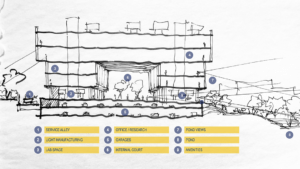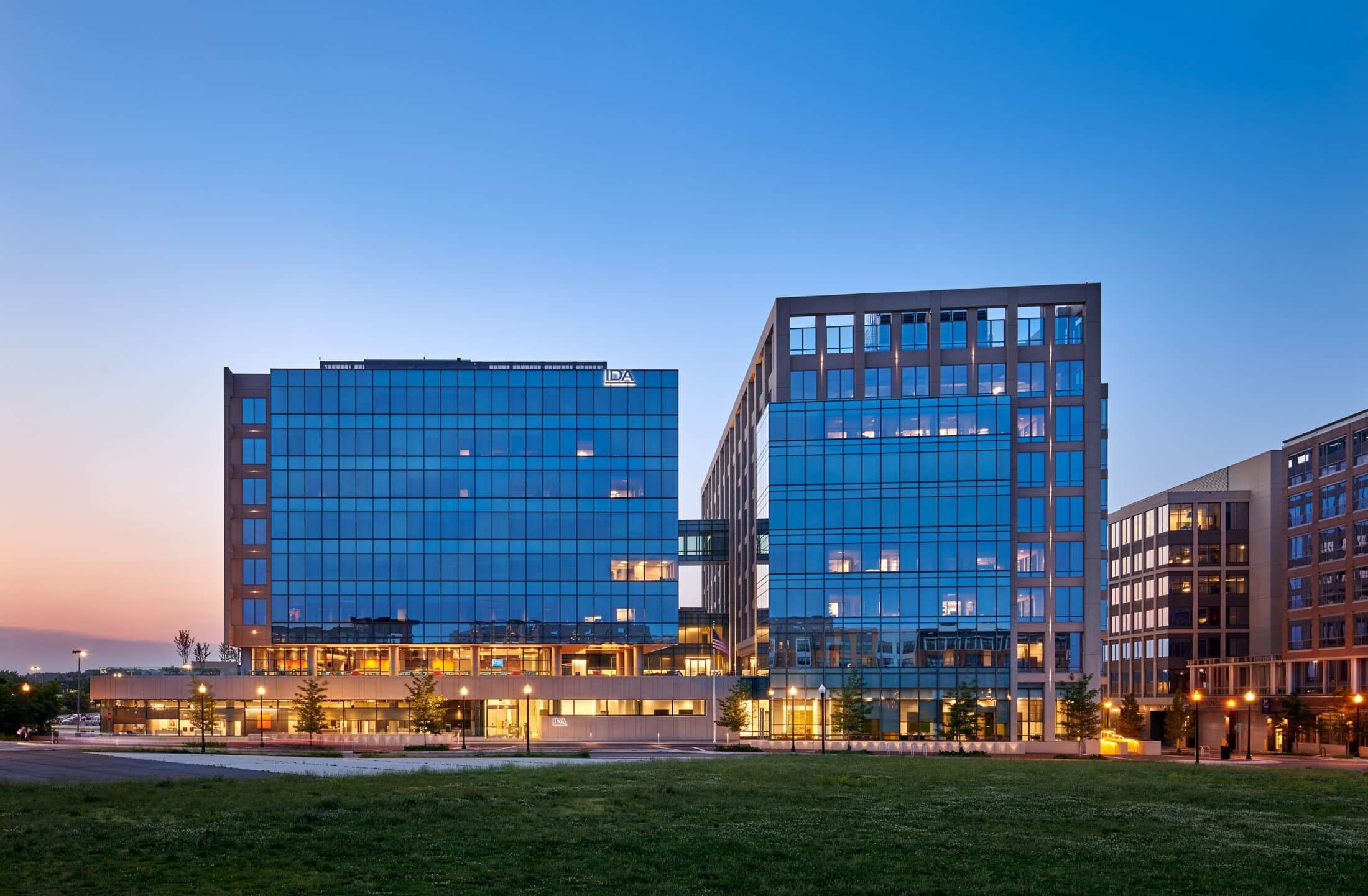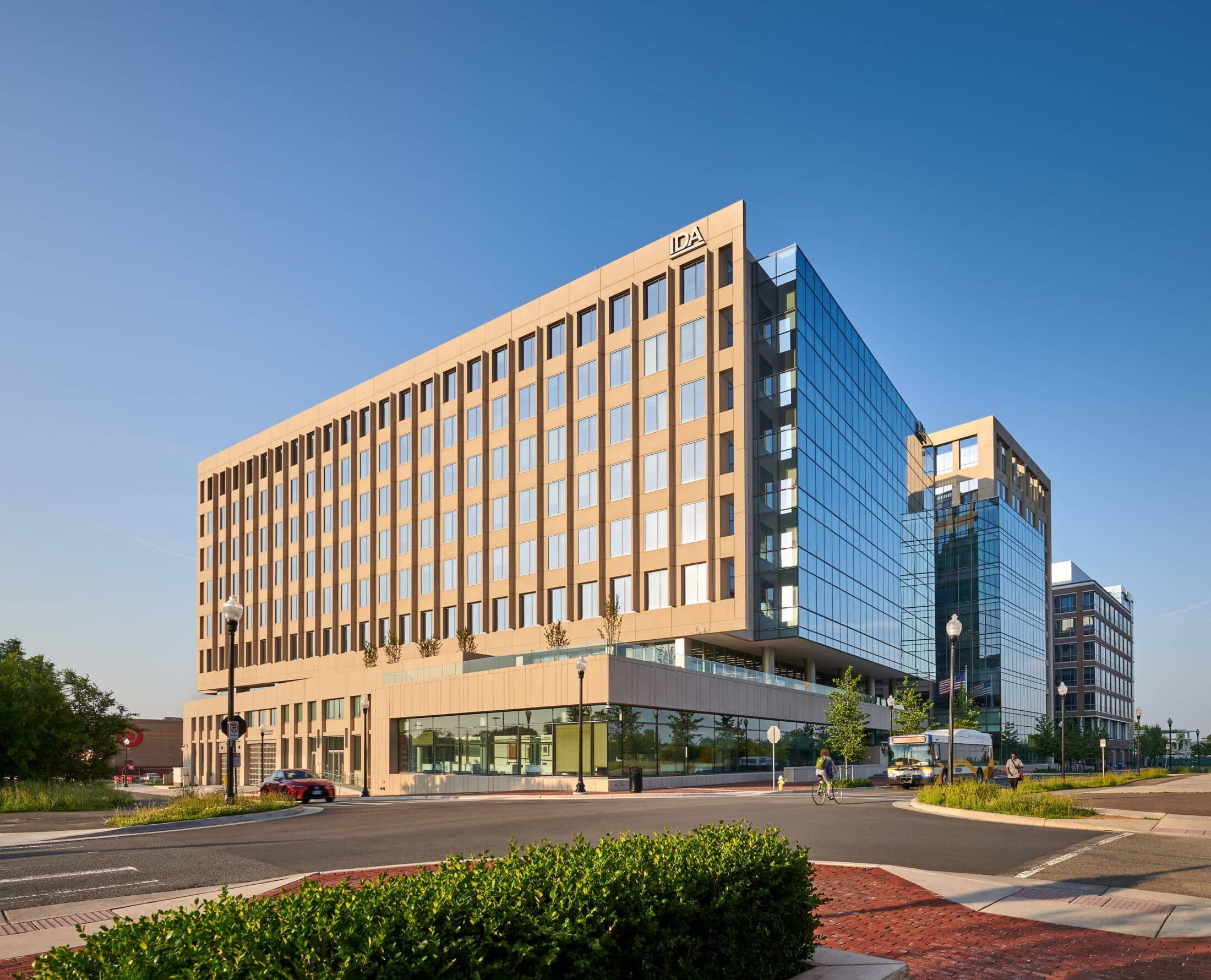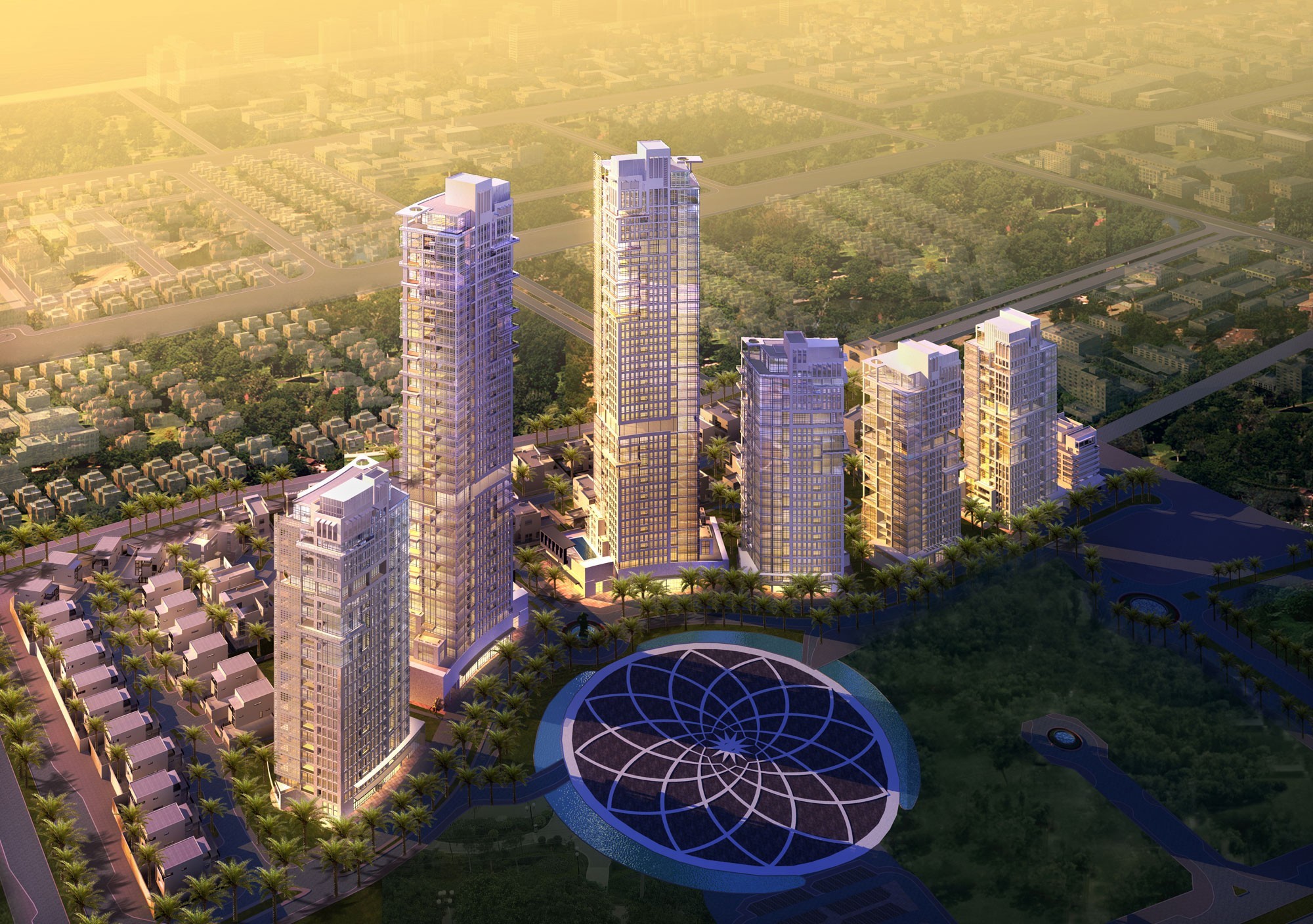Adaptable life science spaces that promote wellness and embody occupant values will attract, retain, and inspire the talented individuals who will be responsible for future scientific breakthroughs. Programming, spatial planning, and system integration are just the beginning of the design of a successful life science facility; planning for future flexibility and mobility is also essential.
Open plans, modular planning, movable partitions and casework, adaptable building systems, and reconfigurable equipment and workstations ensure that the space will meet the changing needs of a dynamic research environment and attract next-generation employees to the campus.
Utilizing bold design elements that align with the client’s mission, culture, and the community at large, the design should deliver creativity balanced with pragmatism and make a statement about the client, the built context, and the community of scientists and highly trained professionals who occupy the space. A campus with this design balance creates an environment that encourages social interaction and collaboration, fosters innovation, and drives economic growth.
Transparent and welcoming architecture encourages an innate sense of comfort for the building occupants and the larger community. Creating connections to nature at the campus, building, and occupant levels boosts overall employee well-being by providing them with opportunities to detach from the artificial work environment. Occupant health can also be enhanced through active and passive design strategies including open vertical circulation, open pathways, occupant thermal and light control, and increased ventilation and air filtration.
Breakthroughs happen because of the skill, creativity, and collaboration of experts. It is vital for the working environment to support them. The Next-Gen Life Science Campus is a dynamic, ready-to-occupy lab/office technical space that supports the wellness of its employees while serving the demand of growing life science companies.
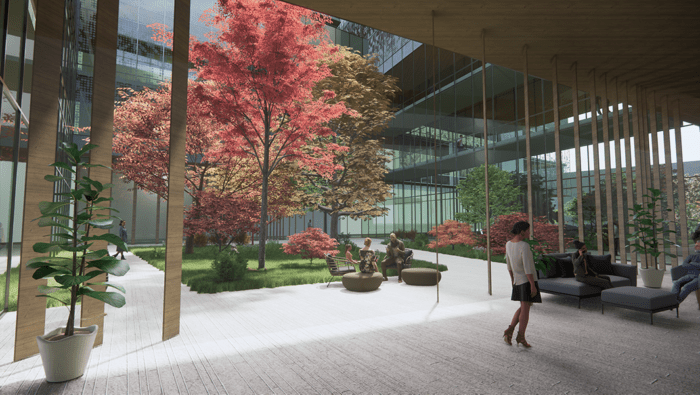
- BOLD DESIGN
- Develop a design vision that makes a statement about your client, the built context, and their community of scientists
- Think beyond the immediate program requirements to allow for future flexibility
- Deliver creativity balanced with pragmatism
- Present elements of design, at any scale, that relay the client’s mission and culture

- INTRODUCE BIOPHILIC DESIGN AT THE CAMPUS, BUILDING, AND OCCUPANT LEVELS
- Provide a walkable campus with a range of experiences that connects to the neighborhood and community
- Encourage an innate sense of comfort and connection to nature with transparent and welcoming architecture
- Enhance sensory connection to nature at all feasible levels of the occupied space
- Create areas of sanctuary and rejuvenation where all occupants can seek balance and detach from the artificial lab or office environment
- Promote movement and activity with thoughtful vertical circulation placement and dedicated outdoor activity areas

- RETHINK STANDARD AMENITIES
- Provide a central green space, sitting steps, and amenity areas for larger gatherings
- Incorporate healthy active and passive design elements like open vertical circulation, clear pathways with increased views/transparency, increased ventilation and air filtration, greater occupant thermal and lighting control, fitness and bicycle commuting facilities, immersive environmental branding, and spatial design
- Dedicate space that fosters focus and meditation, e.g., quiet rooms and healing and meditative areas for a retreat from the work environment
- Rethink the normal R&D environment, e.g., open, customizable, and virtual labs and movable casework
- Design for additional acoustical and visual comfort
- Provide on-site ride-share (car, bike, scooter) infrastructure and connections with local public transportation hubs
- Promote stepping away from the lab or office with on-site venues for corporate community events

- ADVANCING SITE AND SYSTEMS DESIGN
- Consider onsite renewable technologies as a local, multiple-building micro-grid capable of reducing the demand placed on the grid by science building systems
- Provide building systems with increased sensors and individual controls for more carbon-efficient mechanical equipment
- Utilize strategies for high- and low-energy zones
- Employ modular building systems for future R&D, office, or GMP conversions
- Support lab and GMP uses with advanced energy recovery and rejection systems
